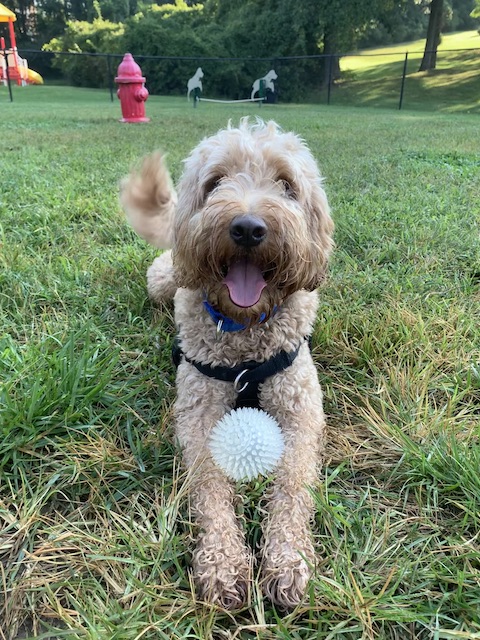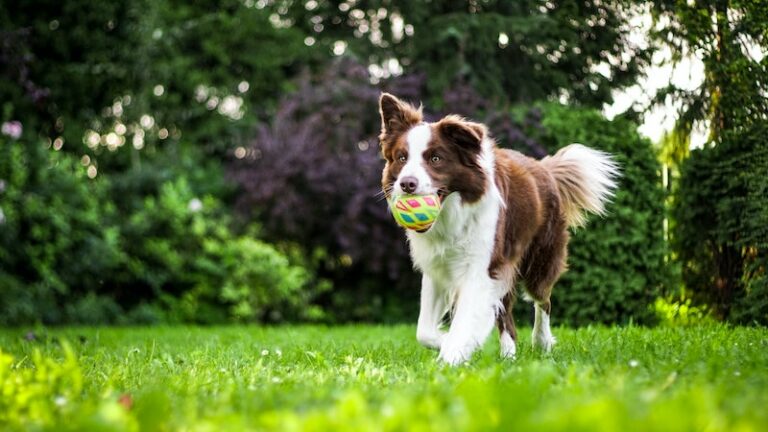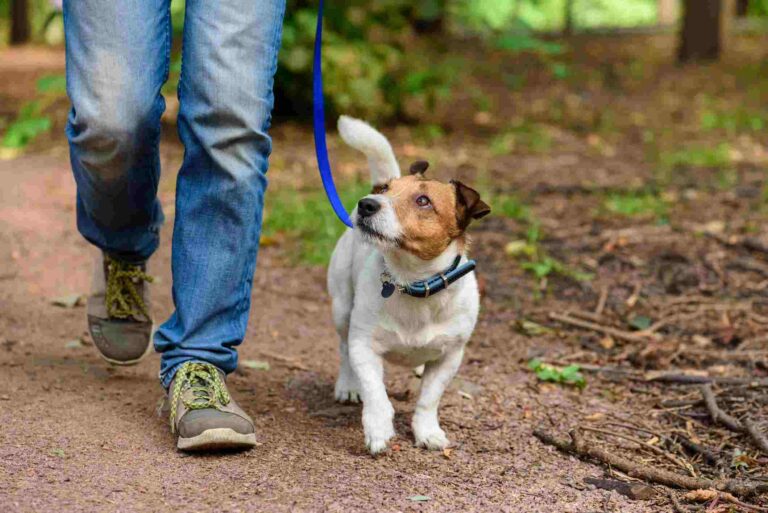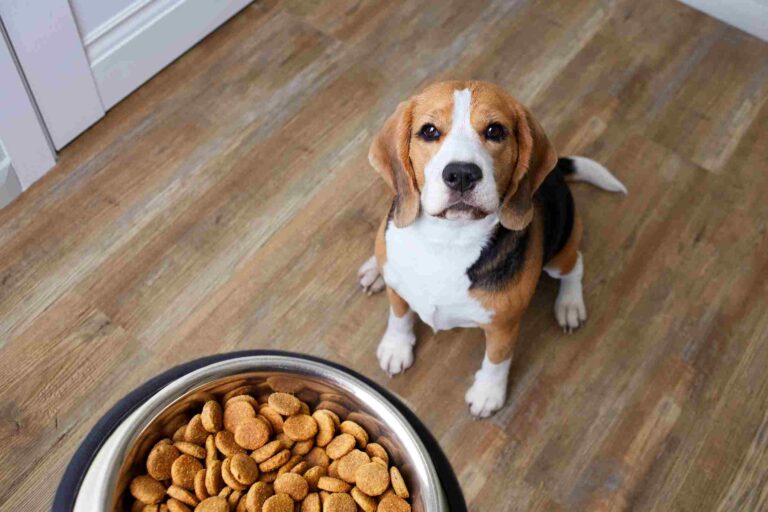When we think about dogs playing fetch, we often assume it’s something they all innately understand and love to do. That’s what every commercial, movie, or TV show would lead us to believe. Sure, some dogs do a great job with fetch right off the bat. But in reality, most dogs need to be taught to fetch before they learn to love it – and even then, not all of them do! Certainly retriever breeds tend to be more interested in flying tennis balls and frisbees, while many toy breed dogs couldn’t care less – but at the end of the day it comes down to your dog’s personality and preference! Even dogs who love to chase toys often play “keep away” instead of returning the ball to you for another round of pursuit. If you’d like your dog to learn to fetch, we gathered a few tips to get them interested and more reliably bringing the ball back to you.
Teaching Fetch
What you’ll need:
- A leash – at least 6ft, but a long line works best if you have one!
- 2 squeaky tennis balls – we love the Kong Squeaker balls. Whichever ball you go with, be sure to choose a size big enough for your puppy to prevent choking!
- A low-distraction environment with a wall that you don’t mind tossing your tennis balls against.

Get interesting!
- Hold onto your puppy’s leash for now so you can keep them close and engaged with you.
- Squeak and/or toss one ball a few times to get your puppy’s interest.
- Throw the ball against the wall but don’t let them go for it yet. Build up their excitement! After 2 throws, allow your puppy to go after the ball.
- As soon as they touch the ball, give them lots of praise and encourage them to come back to you.
- When they do come back to you, continue praising and give them some attention and pets before attempting to take the ball.
Encourage retrieving
The end goal of teaching our puppies fetch is to get them to not only chase and grab the ball but bring it back and drop it too. That’s where ball #2 comes in handy.
- Allow your puppy to drag the leash and stand a bit farther away from the wall
- Squeak Ball 1 to get your puppy’s attention, then toss Ball 1 against the wall and let them get the ball.
- When they pick up the ball, begin to praise your puppy until they get to you with that ball in their mouth. If they try to run off or play keep away, grab their leash and continue to encourage them back to you with praise.
- As soon as they get to you, squeak Ball 2 to encourage them to drop Ball 1.
- When they drop Ball 1, say “Out,” praise, and immediately toss Ball 2 against the wall.
Trainer insight: Throwing Ball 2 has just become your positive reinforcer for dropping ball 1!
- Pick up Ball 1 from the ground, and praise your puppy when they grab ball 2. When they come back to you, squeak ball 1 to encourage them to drop ball 2. When they drop ball 2, immediately throw ball 1. Repeat this over and over again.
- If your puppy is not readily dropping the ball, use your index and middle finger to hold onto the ball while it’s in their mouth. Say “Out,” and gently take the ball out of their mouth. As soon as they release the ball, deliver lots of excited praise and toss the other ball. Repeat over and over again.
- As your puppy begins to learn the game, you should be able to start saying “Out” when they get to you, and they will begin to release the ball with just the “Out” command.
Once your puppy catches onto the game, you may find they automatically release the ball to you in anticipation of it being thrown again. That’s exactly what we want here. The ball and its tossing become the reinforcement! By using these guidelines, rather than other methods that may encourage using treats to drop the ball, you have made the ball more valuable. This way, you can even use fetch as a positive reinforcer for practicing commands such as sit, down, and come! To learn more about teaching fetch and how to use fetch and tennis balls as reinforcement in training commands, fetch your local behavior consultant who can help teach you the next steps.




